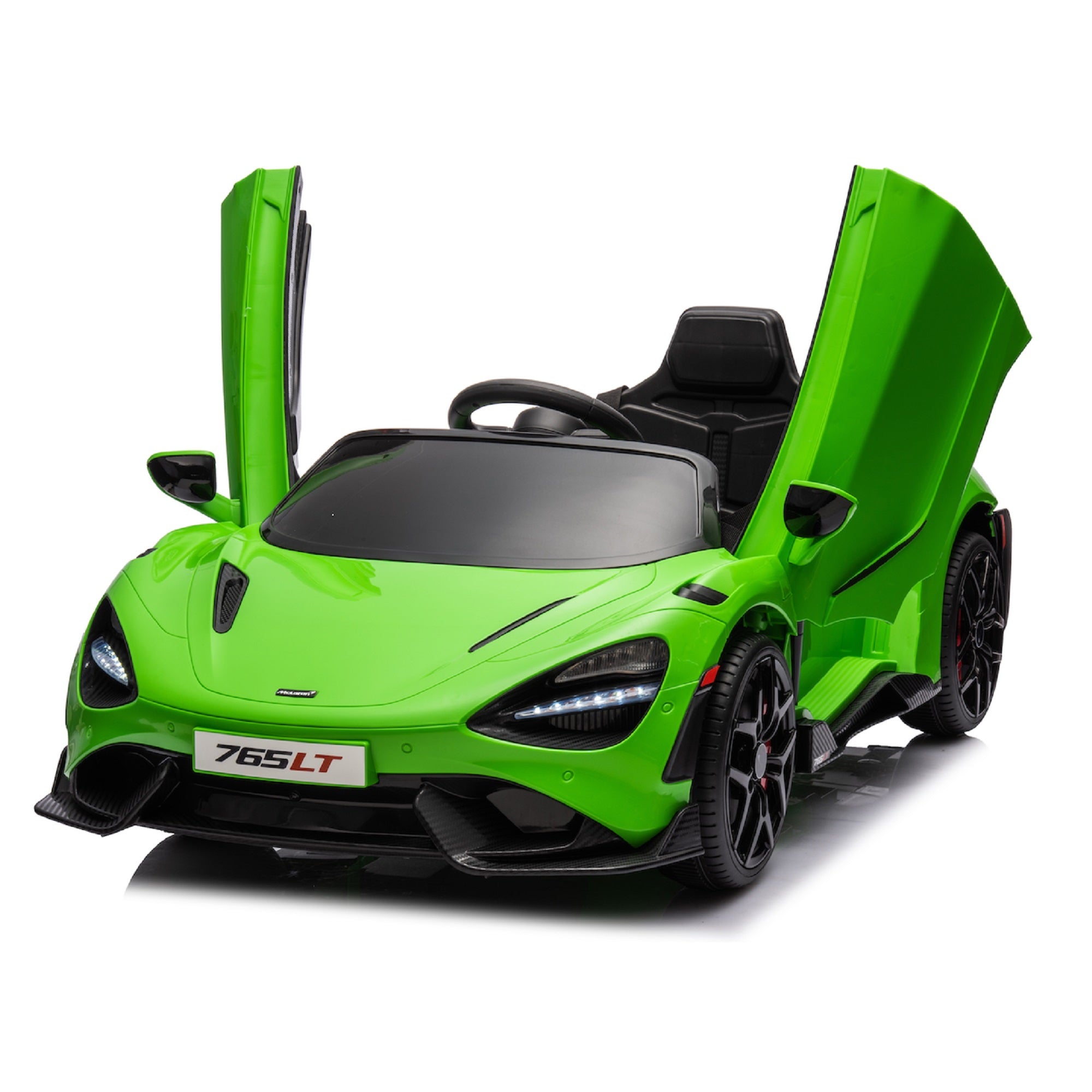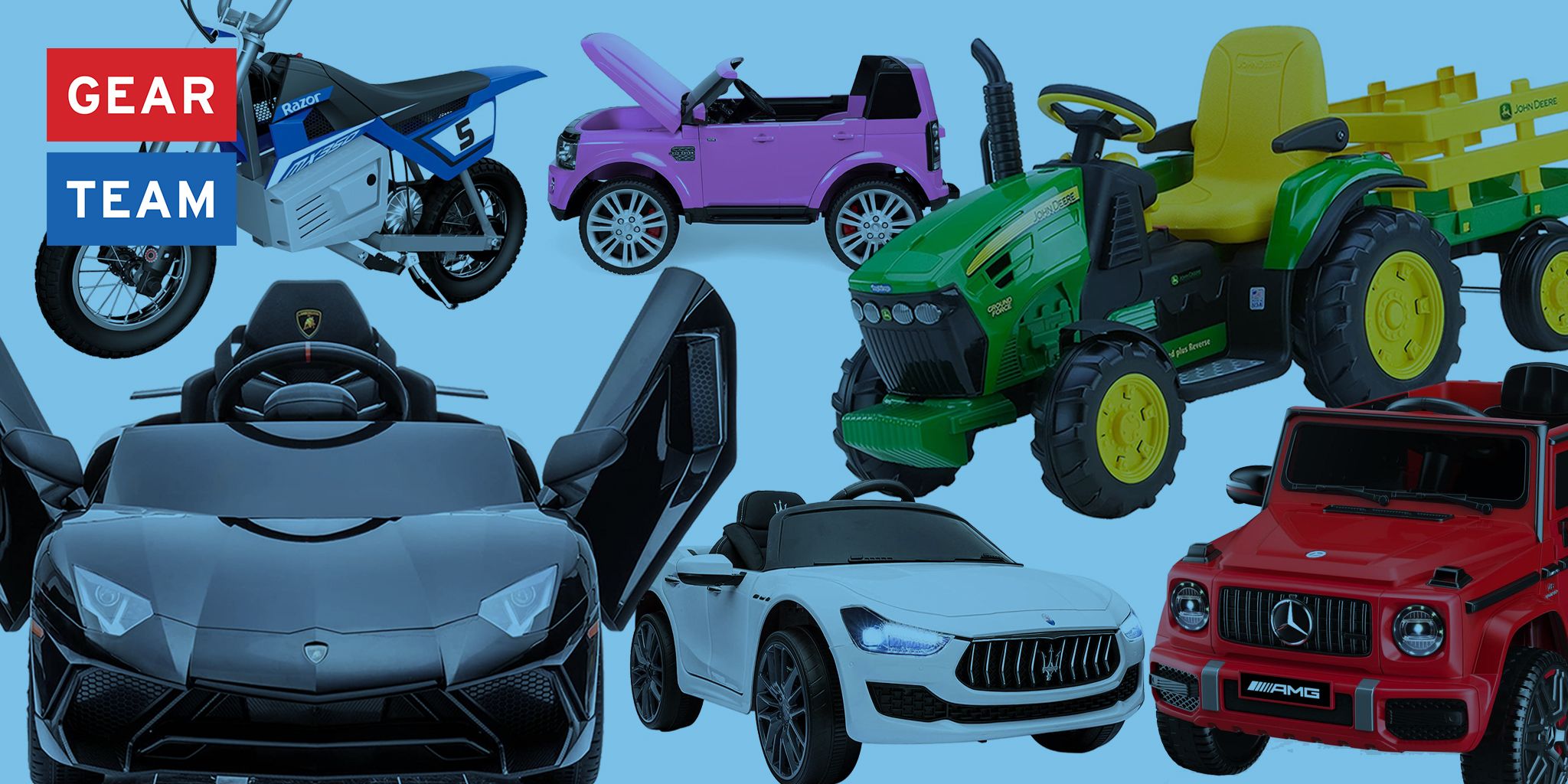Free Facts For Selecting Ride On Toys
Wiki Article
What Are The Features You Should Look Out For When Choosing The Right Ride-On Vehicle For Your Toddlers Or Older Children?
Consider the following factors when purchasing a ride-on car for your child: Age development stage, size. These are all crucial in ensuring it's appropriate and safe for them. Here's how to consider these factors - Age Size
Younger toddlers (1 to 3 years old): Look for ride-on vehicles that are specially designed for this age group. These cars usually have a low, stable design that has easy-to-use controls. They also often feature basic features, like steering wheel, buttons or handles. Ride-on cars that have an extended base provide stability and lower the possibility of them falling over.
Children over 3 years old - With age children are able handle ride-ons using more sophisticated functions and control. Consider cars with adjustable seats with higher weight capacities as well as more interactive features such as working lights sounds, and music. You should look for ride-ons that allow you to alter the speed or parental controls to guarantee safety and allow for various levels of ability.
Size
Height and weight: When selecting a car for your child, it is important to consider their weight and height. Select a ride-on vehicle with a seat that fits your child's height and weight. Avoid vehicles that are too small or too big in size, as they could be unsafe or uncomfortable to ride in.
Comfort and legroom - Be sure that your car is spacious enough in space and legroom to allow your child to comfortably sit. Verify the measurements of the seating area to ensure it's suitable for your child's height and height.
Developmental stage -
Motor Skills - When choosing a ride-on car, consider your child's coordination and motor abilities. Children older than them may have the ability to utilize more sophisticated controls and interactive elements, while younger toddlers might require simpler controls.
Independence and Confidence Children can build confidence and independence while they learn how to control and navigate their car. Select a vehicle that gives your child the opportunity to improve their motor skills, as well as confidence, through practicing the braking, acceleration and steering independently.
Be aware of your child's interests and involvement when selecting a ride on car. Choose a ride-on car that has themes, colors or features appealing to your child whether it is a classic, sports car, truck or themed car with a character.
By taking into consideration your child's age as well as their size and stage, you will be able choose an appropriate, safe ride-on that your child can take pleasure in and learn from. Check out the top ride on toys for site recommendations including childs ride on car, childrens digger, toy car toy car, toy in car, childrens electric ride on, lambo toy car, remote control childrens car, remote control childrens electric cars, toy car toy car, toy and car and more. .

What Maintenance And Assembly Specifications Are Required For Children's Ride-On Automobiles?
Making and maintaining toys for ride-ons for children is crucial for their safety, performance and durability. Here are the common assembly and maintenance requirements of kid's rides-on-cars.
Most ride-on vehicles are assembled, and will require assembly. Attaching the various components, such as wheels, steering wheels, and seats, according to the instructions of the manufacturer is typical.
Follow the assembly guidelines carefully and ensure that every component is securely secured. Use the tools and other hardware to complete the assembly.
Cleaning -
To ensure that the car you ride in to look the best and perform properly, regular cleaning is required. Wipe down the exterior surfaces using an abrasive cloth or sponge dipped in mild soapy water. This removes dirt, dust and debris.
Pay particular attention to areas that are prone to accumulation, such as wheels, tires and undercarriage. Utilize a toothbrush and brush to clean those difficult-to-access areas.
Use of harsh chemicals, abrasive cleaning agents, or high pressure water sprays could damage electronic or paint components on the ride-on cars.
Battery Care
Battery care is crucial if the ride-on is powered by rechargeable batteries. A proper battery maintenance program will maintain performance, and prolong battery lifespan. Use these battery care guidelines to help you maintain your battery's health.
Charge the battery prior to every use, and fully after each use. This will ensure you get maximum performance.
Avoid charging too much and leave the battery connected with the charger for extended periods. This can cause damage to the battery and decrease its life span.
When not in use, keep the battery and cars in a place that is cool, dry and free of extreme temperatures and direct sunlight.
Check the battery terminals periodically for damage or corrosion. Clean them if required by using an electric wirebrush or terminal cleaner.
Replace the battery in case it doesn't hold a charge anymore or shows evidence of being damaged or damaged.
Tire Maintenance -
Regularly check the tires for evidence of wear, damage or loss of air. Make use of a bicycle compressor or air compressor to fill the tires up to the recommended pressure.
Examine the tread pattern to look for debris or other foreign objects that could cause punctures or flats. Repair or replace damaged tires if necessary. Clear obstructions.
Lubricate the wheel and axle bearings periodically to ensure smooth operation and reduce friction.
Repair or replace components as needed -
Cars that ride on may need repairs or replacement parts due to wear and tear or damages.
Be aware of signs of malfunction and deterioration such as abnormal sounds, power loss, or erratic behaviors. Check the manufacturer's guidelines or contact customer support for guidance on troubleshooting and repair options.
Replace worn-out and damaged components to prevent further harm and to ensure that ride-on cars are functional and safe.
These maintenance and assembly instructions will assist you in keeping your child's vehicle in top condition so that they can enjoy safely and have fun. Read the recommended discover more about Mercedes kids car for website recommendations including childrens electric cars, riding digger, ride on toy, toy ride, kids electric cars, two seater childrens electric cars, ride of car, remote control childrens electric cars, car for toy, cars pedal car and more. .

What Is The Most Reliable Remote Control Car For Children? What Are The Pros And Cons?
The various sizes, styles price, styles, and models of children's cars with remote controls are available to meet the requirements and budgets of all. Here's a listing of the different kinds of remote-controlled children's cars, including the dimensions, cost ranges as well as pros and cons.
Electric RC Cars – Batterie-powered remote-controlled cars that are suitable both indoors and out. They come in various styles, including buggies, trucks, and sports cars.
Nitro RC Cars – Gas RC vehicles with higher speeds and more power. They do require more knowledge and expertise to operate. They are typically larger and cost more than electric RC vehicles.
Scale Models can be controlled remotely that include cars, trucks and planes. Scale models are available in a variety of sizes, from 1 -10 to 1 -24 and larger scales providing more detail and realism.
Sizes -
Remote-controlled cars for children are available in a variety of dimensions. They range from small miniature replicas to larger-scale replicas. The size of the car will impact its speed, performance and the handling capabilities.
Micro-sized vehicles are compact and lightweight. This makes them perfect for indoor use with younger children. The larger-sized cars are more robust and durable and are ideal for off-road racing as well as outdoor racing.
Prices
The cost of a car with remote controls for children is dependent on its size of the vehicle, its features, manufacturer and build-quality.
Micro-sized electric RC cars can vary from $20 to $100 The larger-scale electric and nitro RC cars can range between $100 and $500 or more.
Scale models, premium hobby RCs may cost between several hundred dollars up to a whopping $1,000, depending on the level of detail and performance.
Pros and Cons
Pros -
Adults and children will have hours of fun and entertainment by controlling their cars via remotes.
Learning. The operation of a RC vehicle helps children develop hand-eye coordination spatial awareness, problem-solving and spatial abilities.
Social Interaction. The RC car encourages social interaction and be enjoyed by friends and families.
Aftermarket parts, upgrades, accessories and other items from the aftermarket are a great way to personalize many RC vehicles and enhance their performance.
Cons -
Costs - Top-quality cars with advanced features, such as hobby grade automobiles, can be very expensive.
Learning Curve - Controlling an RC vehicle requires practice and skills, and younger children may struggle with the controls initially.
Maintenance - Vehicles with RC engines need regular maintenance. This includes cleaning, lubrication, as regular repairs and replacements of parts.
Safety Risks RC cars can pose dangers to safety, such as collisions, falls, as well as electrical dangers, if operated with caution and under the supervision of an adult. supervision.
Children of all ages will love remote-controlled cars. But it is essential to consider factors such as the cost, size, and safety before deciding on the most suitable model. These RCs are suitable for more advanced kids and those who love to drive while simpler models will suit youngsters and children who are just beginning to learn. Read the recommended ride on toys kidscars.co.uk news for more info including toy with car, toy toy cars, childs ride on car, toy car toy car, childrens ride on, toy in car, electric toy car, electric toy car, electric toy car, kiddies cars and more. .
